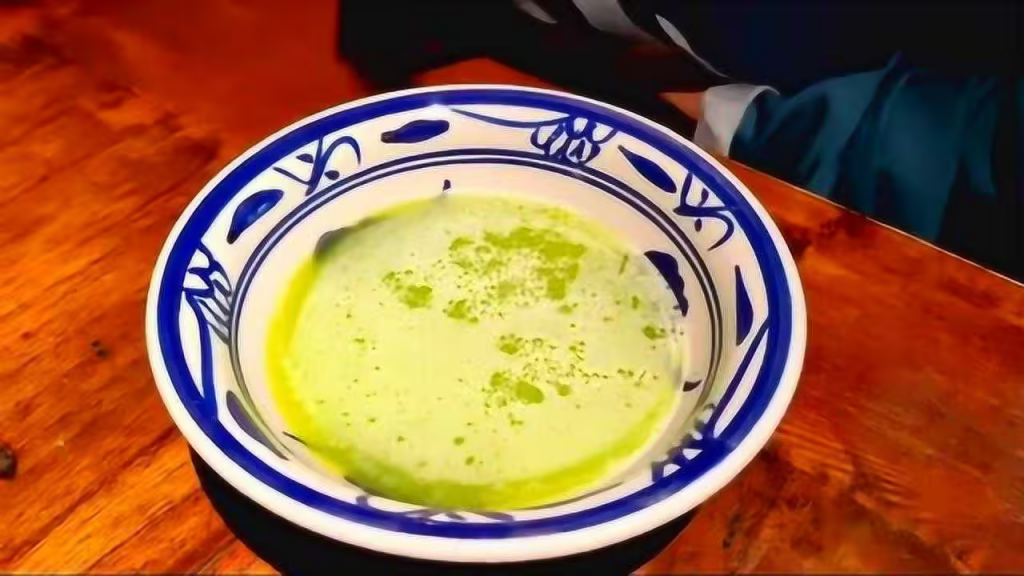Ever read about ancient Chinese heroes downing bowl after bowl of wine like it’s water and wonder—how on earth did they survive? Take the legendary poet Li Bai, for instance. People say he could drink a dou (斗) of wine and whip out a hundred poems like it was nothing. That sounds like Olympic-level drinking, right?
Well, let’s break it down: a Tang dynasty dou was about 2 liters, or roughly 4 jin—about 4 pounds of liquid. But here’s the twist: the wine Li Bai drank wasn’t exactly your modern-day vodka. It was more like beer. Really weak beer.
Let’s dive into this historic happy hour and find out what was really in those ancient Chinese cups.
Ancient Wine: More Like Boozy Porridge
The earliest Chinese alcohol was fermented, not distilled. That means it was brewed from grains like rice, millet, and broomcorn millet, then left to ferment naturally. But the process lacked modern filtering, resulting in a thick, cloudy drink filled with rice sediments and friendly little microbes. Seriously, the drink was often greenish with a floating white film on top—nicknamed “Ant Green Wine” (蚁绿酒). Appetizing, right?

They didn’t just drink it straight either. Due to spoilage and bacteria, it was common to boil the wine before drinking—think of it as ancient sterilization. So when Cao Cao and Liu Bei discussed heroes over hot wine, they were basically doing a hotpot version of Happy Hour.
Tang Dynasty Drinking: Poetic, But Not Potent
By the Tang dynasty (618–907 CE), wine-making had matured slightly. Filtered “clear wine” (清酒) emerged, with alcohol content pushing a whopping 5%. That’s about the same as your average beer. So when Li Bai chugged a dou of this stuff, he was really just pounding four beers. Respectable, sure—but probably not enough to make him see dragons… or maybe just enough.
In fact, in parts of modern-day China (we’re looking at you, Heilongjiang), that’s what teenagers might drink during school reunions.
Enter the Heavyweight: Wu Song and the 18 Bowls
Next up: Wu Song, the tiger-slaying legend from Water Margin. He supposedly downed 18 bowls of wine before single-handedly beating up a tiger. Each bowl held around 200ml, so that’s roughly 6 jin (about 3 liters) of wine.
But here’s the catch—this was Song dynasty wine, and by then, fermentation techniques had improved. Alcohol levels may have reached 10%. Still manageable for a big guy from Shandong, a province still known for its drinking champs.
But if you tried drinking 3 liters of 10% wine today? Let’s just say you’d be fighting a different kind of beast—in an ER bed.
The Distillation Revolution: Booze Gets Serious
Now here’s where things get spicy. Everything changed during the Yuan dynasty (1271–1368), when the Mongols rolled in with more than just horses and yurts. They brought knowledge—specifically, distillation techniques learned from Persian and Arab contacts.
Distillation was a game-changer. Instead of waiting for natural fermentation to do its thing, people began boiling the wine mash at carefully controlled temperatures (alcohol vaporizes at 78.3°C, water at 100°C). Capturing those vapors and cooling them down gave them purified alcohol—a.k.a., the hard stuff.
This new method could produce liquors hitting 40–60% ABV. That’s your modern-day baijiu, China’s infamous white spirit. The old drinking bowls suddenly seemed… dangerous.
Fun fact: famous baijiu brands like Shuijingfang and Guojiao 1573 were born after the Yuan dynasty. If the ancients were still drinking ancient brews before then, they’d have a tough time handling today’s white liquor shots.
So… Were Ancient Chinese Superhuman?
Not really. It’s all about context. Their wine was low in alcohol and served warm, like a gentle nightcap. The giant bowls weren’t just for show—they were the only way to make up for the weak booze.
But after the Yuan dynasty, with the arrival of distilled spirits, China stepped into the big leagues of alcohol. The shift also marked a broader cultural change: from communal, ritualistic drinking to something more intense—and maybe a little dangerous.
Modern Takeaway: Drink Like an Ancient—Just Not Too Much
If you’re planning to time travel to the Tang dynasty, go ahead—drink boldly, compose poetry, maybe challenge someone to a “boil-off” drinking contest. But if you’re heading to the Yuan or Ming? Pace yourself, buddy.
Today, baijiu is a staple at Chinese banquets, and its cultural roots go deep. Every fiery shot links back to centuries of innovation, conquest, and chemistry. Understanding its history not only helps us appreciate a good drink—it also shows how technology and culture are always brewing something new.

No comments yet.